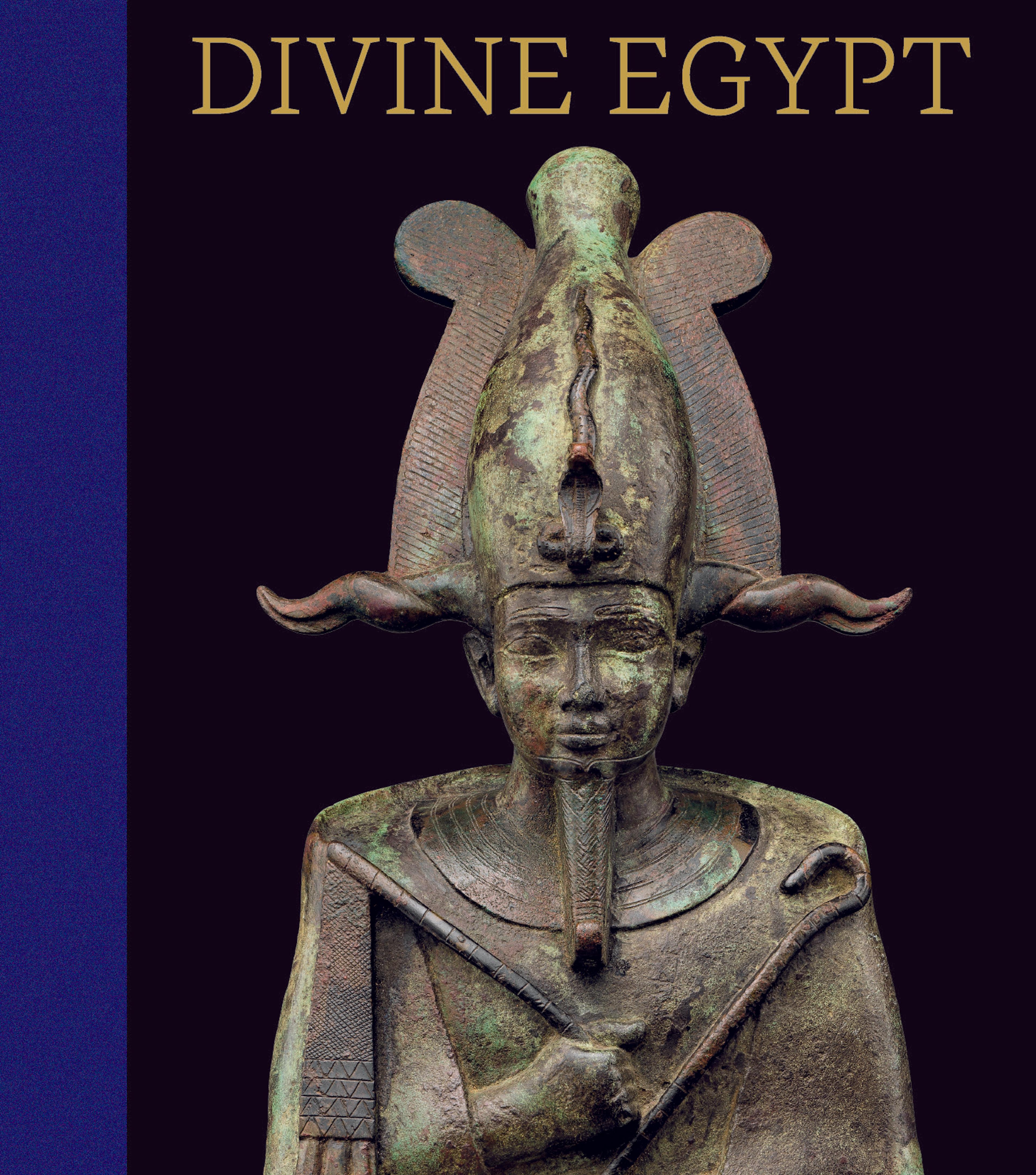West wall of the chapel of Kaemsenu with niches for Iretnub, Kaemsenu and Werdjedptah
Kaemsenu was a priest associated with the cult of King Sahure, with the sun temple of King Neferirkare, and with the pyramid of King Niuserre. The wall of his chapel incorporates three offering niches: the one on the left for his wife Iretnub, in the center for himself, and on the right for Werdjedptah (probably a relative) and his wife. One of Kaemsenu's statues has been placed behind the wall where it originally sat in the small serdab (statue chamber) and is visible through a slot in the wall.
The hieroglyphs preserve an array of colors: pale yellow, red and brown from ochers, green from malachite, blue from Egyptian blue (a composite material used as a colorant), white from gypsum, and black from a form of carbon. In many cases, the pigments clearly were chosen to approximate the colors that the figures and objects forming the hieroglyphs would have had in nature. Other choices are less obvious-such as the blue consistently used to represent pots that are known to us in copper. Final outlines are either in red or black, depending apparently on which seemed to complement the colors of the sign.
The hieroglyphs preserve an array of colors: pale yellow, red and brown from ochers, green from malachite, blue from Egyptian blue (a composite material used as a colorant), white from gypsum, and black from a form of carbon. In many cases, the pigments clearly were chosen to approximate the colors that the figures and objects forming the hieroglyphs would have had in nature. Other choices are less obvious-such as the blue consistently used to represent pots that are known to us in copper. Final outlines are either in red or black, depending apparently on which seemed to complement the colors of the sign.
Artwork Details
- Title:West wall of the chapel of Kaemsenu with niches for Iretnub, Kaemsenu and Werdjedptah
- Period:Old Kingdom
- Dynasty:Dynasty 5–6
- Date:ca. 2420–2250 B.C.
- Geography:From Egypt, Memphite Region, Saqqara, Teti Pyramid Cemetery, at NW corner of Teti Pyramid enclosure, Tomb of Kaemsenu, west wall of cult chapel, Firth/Egyptian Antiquities Service, 1926
- Medium:Limestone, paint
- Credit Line:Gift of Edward S. Harkness, 1926
- Object Number:26.9.1
- Curatorial Department: Egyptian Art
More Artwork
Research Resources
The Met provides unparalleled resources for research and welcomes an international community of students and scholars. The Met's Open Access API is where creators and researchers can connect to the The Met collection. Open Access data and public domain images are available for unrestricted commercial and noncommercial use without permission or fee.
To request images under copyright and other restrictions, please use this Image Request form.
Feedback
We continue to research and examine historical and cultural context for objects in The Met collection. If you have comments or questions about this object record, please contact us using the form below. The Museum looks forward to receiving your comments.
